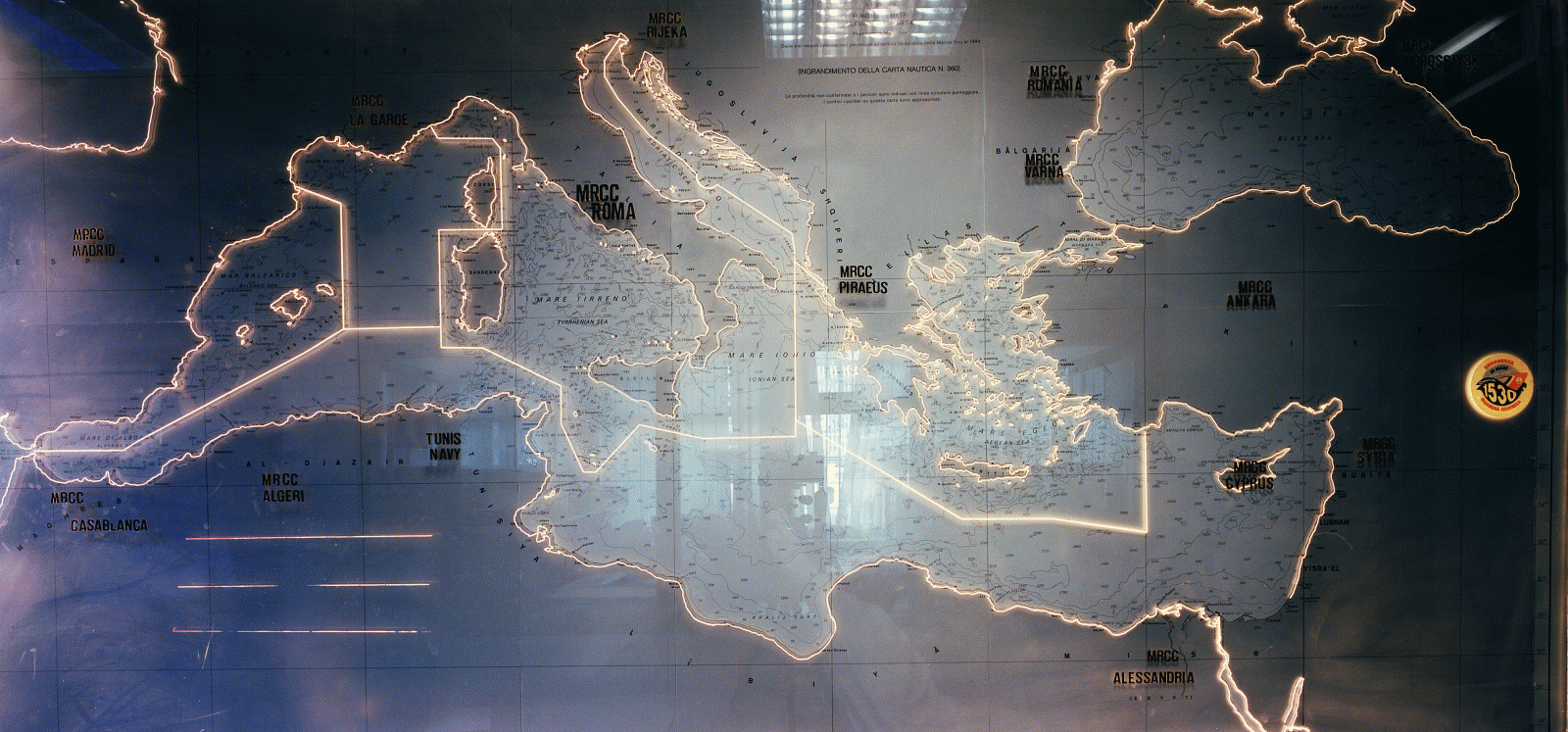Convegno internazionale
Encounters: Handling, Placing and Looking at Photographs in Relation to Migration
organized by Costanza Caraffa, Eva-Maria Troelenberg and Anna Sophia Messner

In the last decades, photography studies have provided fertile grounds for debates about our understanding – and critical deconstruction – of notions such as indexicality, iconicity, objectivity or evidentiality. Moreover, both the material turn as well as the affective turn have contributed significantly to larger debates about the understanding of photographs as three-dimensional tactile and visual objects in their own right, as bearers of experience, knowledge and affect (Geismar/Morton 2015), able to activate and perform relations between human beings (Olin 2012).
Elizabeth Edwards' definition of photographs as "raw histories", both "painful" and "unprocessed" (2001), can also be applied to migration experiences. Migration has been debated both as a historical-empirical reality and as a discursive concept in the wake of post-colonial scholarship. It involves ideas such as displacement and dislocation, exile and diaspora, trauma and memory, interruption and alienation, diversity and alterity as well as nationalism and transnationalism. Handling photographs in relation to migration emphasizes the multilayered encounters across time and space that are embodied in the photographs themselves.
This conference will analyze the entanglement between photography and migration by means of case studies as well as methodological, theoretical and artistic contributions. It seeks to investigate the "migration and photography complex" (paraphrasing Hevia 2009) in its aesthetic, material, affective, ethical, legal and archival dimensions by approaching important questions such as:
How have experiences of migration shaped and reshaped the production and uses of photographic images, their subjects and motifs, their iconographies, their aesthetics, their object character and materiality? How do photographs circulate (in)between private and institutional networks with regards to their collection and exhibition as well as popular and artistic practices? Who are the actors and agents in these socio-political and aesthetic migration processes concerning image production, reception, transmission, translation and distribution? How do migration trajectories of people and photographs intersect and thereby shape vernacular, artistic and academic photographic practices?
Due to the present state of emergency in its global dimension, recent and current migration processes, and the related production and circulation of images (e.g. digital pictures taken on smartphones circulating on social networks), we are constantly confronted with the "excess" (Pinney 2003) and the "noise" (Poole 2005) of photography. It is exactly these disturbing moments, however, that can constitute a point of departure for an interdisciplinary debate that we expect to be lively and dynamic.
Scarica
Partner
In cooperazione con
12 ottobre 2017, ore 10:00
Kunsthistorisches Institut in Florenz
Max-Planck-Institut
Palazzo Grifoni Budini Gattai
Via dei Servi 51
50122 Firenze
12 ottobre 2017, ore 18:00
Villa Romana
Via Senese 68
50124 Firenze
13 ottobre 2017, ore 09:30
Kunsthistorisches Institut in Florenz
Max-Planck-Institut
Palazzo Grifoni Budini Gattai
Via dei Servi 51
50122 Firenze
Avviso
Questo evento viene documentato fotograficamente e/o attraverso riprese video. Qualora non dovesse essere d’accordo con l’utilizzo di immagini in cui potrebbe essere riconoscibile, da parte del Kunsthistorisches Institut in Florenz a scopo di documentazione degli eventi e di pubbliche relazioni (p.e. social media) la preghiamo gentilmente di comunicarcelo.


